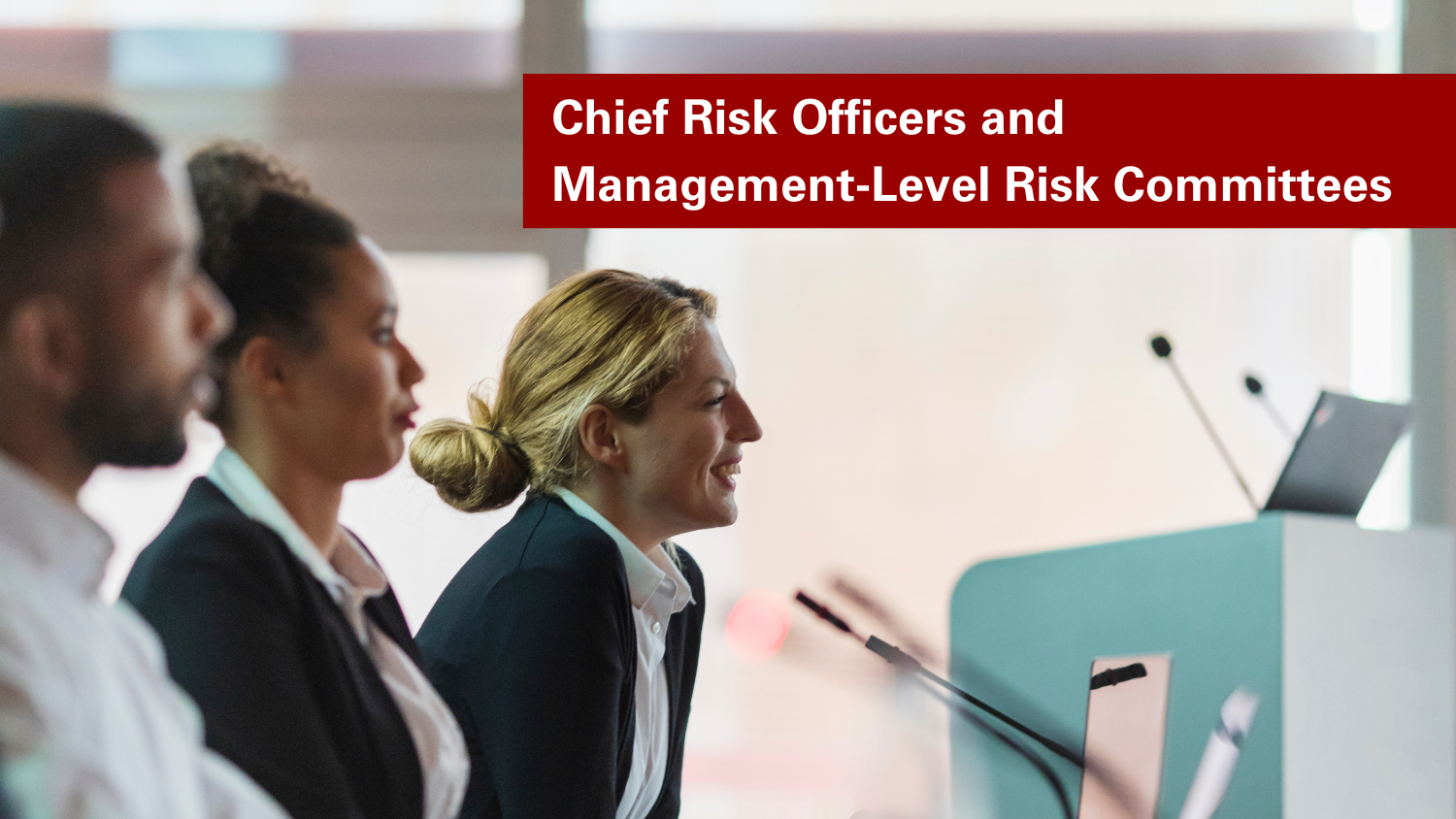Managing Environmental, Social, and Governance (“ESG”) Risks
The ERM Initiative at North Carolina State University recently hosted an engaging discussion between Mark Beasley, Deloitte Professor of Enterprise Risk Management and Director of the ERM Initiative, and Steve Dryer from Standard & Poor’s (S&P). Their conversation focused on the evolving role of Environmental, Social, and Governance (ESG) risks in credit ratings and how investors are increasingly factoring ESG considerations into their financial decision-making.
S&P’s Interest in ESG Risk Assessment
As Steve Dryer explained, S&P’s primary audience consists of bond investors who are now asking more pointed questions about how ESG risks influence credit ratings. While traditional credit assessments focus on financial performance and operational stability within a short-term forecast horizon, ESG risks often manifest over longer periods. Because of this, ESG factors have not historically played a major role in S&P’s credit evaluations.
To bridge this gap, S&P has introduced a separate ESG risk assessment, distinct from the traditional credit rating. This approach allows investors to use ESG insights as an additional tool for evaluating potential risks beyond short-term financial forecasts.
Commitment to ESG Transparency
S&P has signed onto the United Nations Principles for Responsible Investing (PRI), aligning with some of the world’s largest institutional investors advocating for greater ESG disclosure. This commitment emphasizes the need for credit rating agencies to enhance their transparency regarding ESG factors. As Dryer mentioned, investors want more independent evaluations of ESG-related risks, prompting agencies like S&P to take a more proactive stance in this space.
Are Companies Already Providing ESG Disclosures?
One common argument against additional ESG risk assessments is that many companies already publish Corporate Social Responsibility (CSR) reports. However, Dryer pointed out that investors often view these reports as self-reported and potentially biased. In contrast, S&P engages with over 6,000 rated entities annually, conducting face-to-face discussions about business risks and financial performance. This ongoing engagement positions S&P uniquely to assess ESG risks objectively and track how companies adapt over time.
How Are Companies Reacting to ESG Pressures?
As ESG considerations become more prominent, companies are adopting varied approaches to address these concerns. Employee morale, talent acquisition, and investor expectations are all influencing corporate ESG strategies. Beyond financial stakeholders, regulatory requirements and societal expectations are also increasing pressure on companies to integrate sustainable practices into their operations.
The Future of ESG in Risk Management
The discussion concluded with an acknowledgment that ESG risk assessment is still evolving, and its impact on credit ratings may continue to grow as market demand shifts. The integration of environmental and social risks into financial decision-making is becoming more sophisticated, requiring cross-industry collaboration and engagement with ESG experts.
As S&P refines its approach, the financial community will likely see greater clarity and standardization in ESG disclosures, offering investors more structured tools to navigate these complex risks.
This conversation serves as a valuable insight into the shifting landscape of risk management, highlighting the critical role of ESG factors in investment decisions and corporate strategies.
- Types:


